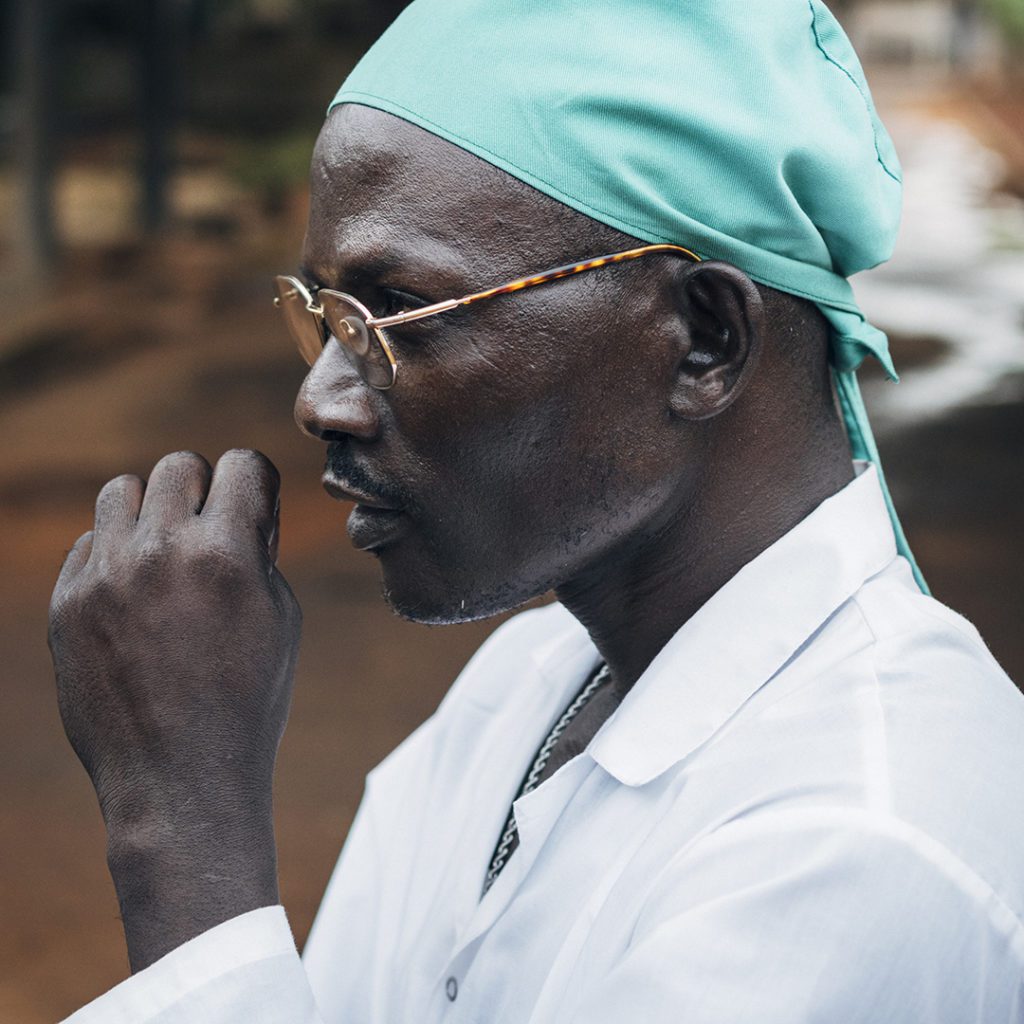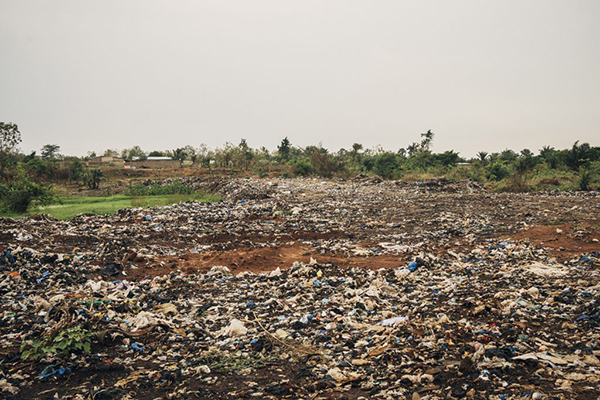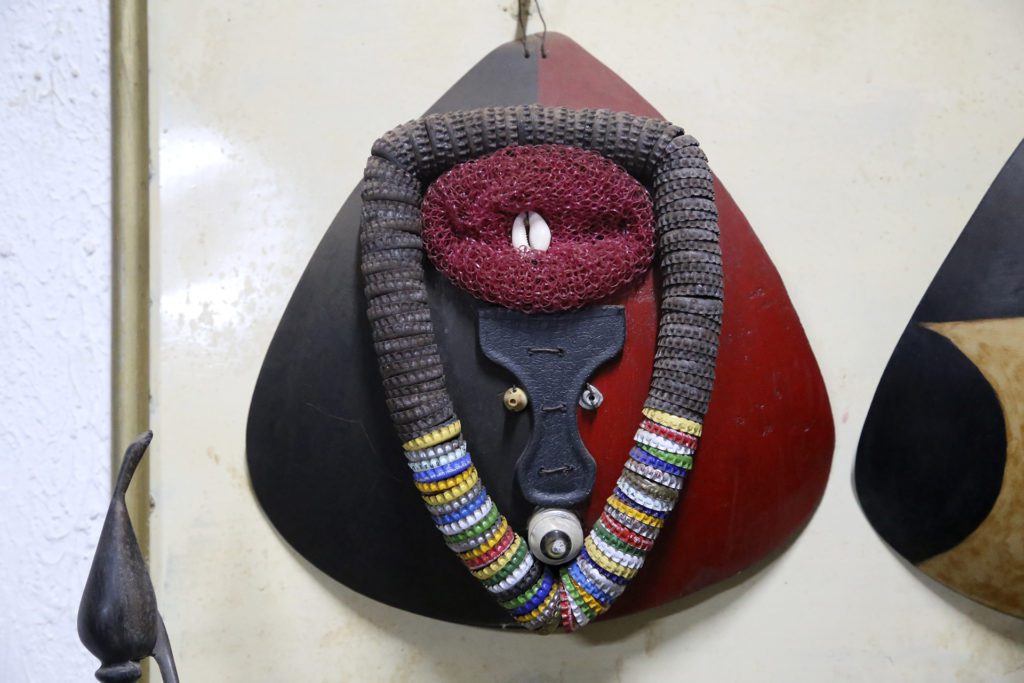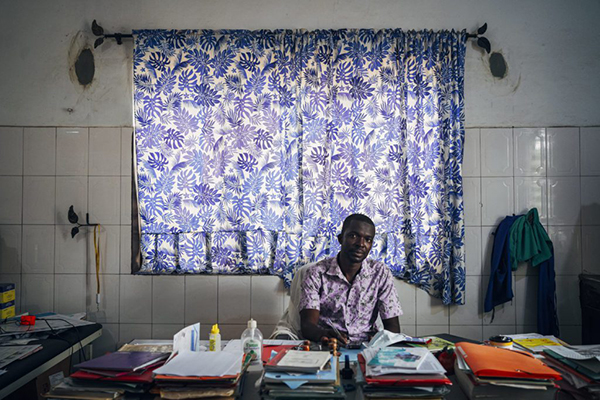Millions of people around the world do not have access to health. They cannot afford to pay for health care, making it impossible for them to escape the cycle of poverty.
The right to health is something we take for granted in wealthier countries. It is hard to imagine that we can fall into poverty because we cannot afford to pay for a medical treatment or operation. Nor do we think about whether the hospital that treats us has sufficient medical equipment and qualified staff. Our health systems, despite their flaws and shortcomings, ensure that we more often than not have timely, acceptable and affordable access. However, this is far from common reality in the rest of the world. An estimated 100 million people worldwide are pushed below the poverty line each year as a result of healthcare costs they cannot afford. This is especially true among the most vulnerable and impoverished groups.
Access to health, a public policy commitment
A country’s level of development and its prioritisation of public policies undoubtedly determine access to quality, accessible and affordable health services. According to World Bank data, if we compare the situation in Spain with the countries where we at the Anesvad Foundation work, we find that the average health cost per capita in Spain is more than €4,000 per year; this expenditure does not exceed €200min Côte d’Ivoire, Ghana, Togo and Benin.
The Spanish health system has 40 times more doctors than these countries. The same is true for nurses: Spain has 6.1 nurses and midwives for every 1,000 inhabitants, while the West African countries where we work barely have one. This lack of personnel and average expenditure on health has a direct impact on the well-being and life expectancy of the African population. It is also a question of economics and inequality: those who have money can access private services. The poorest people, on the other hand, are unable to afford even the most basic treatments.
The fact is that public spending on health care compared to spending by families on private health care is higher the more poverty there is in the country. Another fact: public health spending in Spain is 70% of total health spending (including private health spending). This means that the majority of health spending comes from public policies, and it also represents 8% of the Spanish government’s total spending in relation to GDP. The reality is diametrically opposed in Togo: only 15% of total health spending is spent on public health, and health spending as a share of GDP is only 1.09%. The situation is equally dismal in neighbouring countries. Less than a third of health spending is in the public network in Côte d’Ivoire and Benin. These countries, like Togo, spend almost eight times less than Spain on public resources for health.
A fragile and under-resourced health system
In short, those who have money can afford treatment or intervention; those who do not will be exposed to illness and their quality of life will be negatively impacted. Failing to invest in health also reduces the quality and universality of public services. Health care should not be a luxury available to only a few, nor should it depend on the place where a person is born.
At the Anesvad Foundation we are working to put an end to this inequality. Because health should not be at stake, no matter where you are born.






